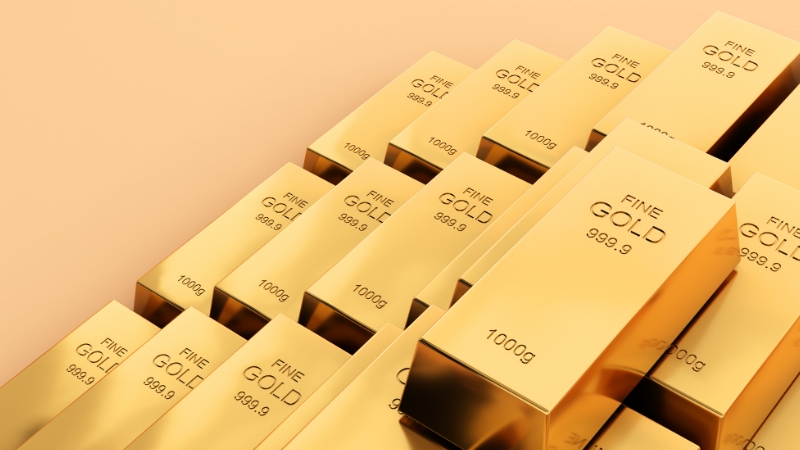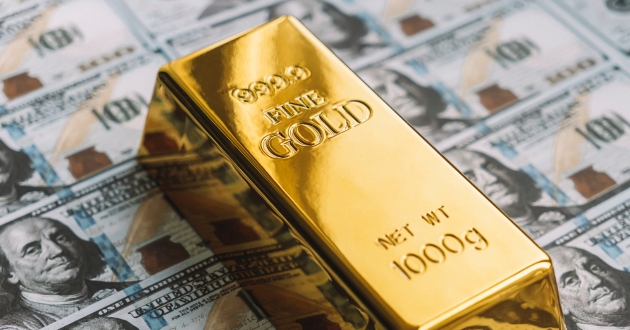Investing in gold and silver has long been regarded as one of the most reliable ways to preserve wealth. From ancient civilizations to modern economies, these precious metals have consistently held their value, even in times of financial instability.
For centuries, gold and silver have been seen as safe havens during periods of economic uncertainty. Investing in gold and silver is often chosen by those who seek to diversify their portfolios and reduce exposure to volatile markets. In addition, the intrinsic value of these metals has stood the test of time, further cementing their role in wealth preservation strategies.
In today’s unpredictable financial environment, investing in gold and silver can provide a hedge against inflation, currency devaluation, and market fluctuations. As traditional assets such as stocks and bonds become increasingly unpredictable, these precious metals offer a stable and secure investment option that many investors turn to for long-term growth and security.
Why Gold and Silver Are Ideal for Investment

1. The Historical Value of Precious Metals
Throughout history, gold and silver have been treasured for their rarity and beauty. Ancient civilizations used these metals as currency, jewelry, and symbols of wealth.
Even as societies have evolved, the demand for gold and silver has remained constant, with both metals maintaining their value during periods of economic turmoil.
This historical track record makes them attractive assets for long-term investment.
2. Protection Against Inflation
One of the primary reasons investors turn to gold and silver is their ability to protect against inflation.
As fiat currencies lose value over time, the purchasing power of paper money declines. In contrast, gold and silver tend to retain their worth, even as inflation rises.
By investing in gold and silver, investors can safeguard their wealth from the erosive effects of inflation.
Benefits of Diversifying with Gold and Silver
1. Stability in Times of Economic Uncertainty
Precious metals are often viewed as a “safe harbor” in times of financial crisis. Unlike stocks and bonds, which are subject to the ups and downs of the market, gold and silver tend to increase in value when economies falter.
By including gold and silver in a diversified investment portfolio, investors can reduce risk and improve long-term financial security.
2. Tangible Assets with Global Demand
Another significant advantage of investing in gold and silver is that they are tangible assets with inherent value. Unlike cryptocurrencies or digital stocks, which exist only in virtual form, gold and silver are physical commodities that can be stored and traded worldwide.
Their universal appeal ensures that there will always be demand for these metals, regardless of economic conditions.
How to Start Investing in Gold and Silver
1. Physical Metals vs. Paper Investments
When considering investing in gold and silver, investors have two primary options: physical metals or paper investments.
Physical gold and silver, such as coins or bars, offer the security of owning a tangible asset. On the other hand, paper investments, such as exchange-traded funds (ETFs) or mining stocks, allow for more flexibility and liquidity.
Each option comes with its own set of advantages and risks, so it’s essential to evaluate personal financial goals before making a decision.
2. Finding the Right Investment Strategy
Whether you choose to buy physical metals or invest in gold and silver ETFs, developing a solid investment strategy is key to success.
Many financial advisors recommend allocating a small percentage of one’s portfolio to precious metals as part of a diversified investment plan.
This approach allows investors to benefit from the stability of gold and silver while minimizing exposure to riskier assets.
Exploring Other Investment Options: Stocks vs. Precious Metals
While investing in gold and silver offers many advantages, some investors may also consider diversifying further by exploring stock investments.
Stocks provide an opportunity for potentially higher returns, especially during periods of economic growth.
However, they come with increased risk due to market volatility. For those interested in learning more about the stock market and diversifying their portfolio beyond precious metals, understanding how to start investing in stocks can be a valuable step toward building a well-rounded investment strategy.
Staying Informed: Tools and Resources for Investors
To make informed decisions when investing in gold and silver, or any other asset class, it’s crucial to stay updated with the latest market trends and analysis.
Utilizing reliable tools and resources can help investors track market performance, evaluate investment opportunities, and develop solid strategies.
For comprehensive insights and expert financial analysis, platforms like WallStreetZen offer valuable information tailored to both new and seasoned investors, helping them navigate the complexities of the financial markets.
FAQ: Common Questions About Investing in Gold and Silver
1. What are the benefits of investing in gold and silver?
Investing in gold and silver offers several key benefits, including diversification of your portfolio, protection against inflation, and stability during times of economic uncertainty. These metals have intrinsic value and have historically maintained their worth, making them reliable long-term investments.
2. Is it better to invest in physical gold and silver or paper assets?
Both physical metals and paper assets have their pros and cons. Physical gold and silver, like coins or bars, provide tangible ownership and a sense of security, while paper assets, such as ETFs or mining stocks, offer more liquidity and flexibility. The choice depends on your investment goals and risk tolerance.
3. How much of my portfolio should I allocate to gold and silver?
Experts often recommend allocating 5-10% of your portfolio to precious metals like gold and silver. This proportion allows for diversification while maintaining exposure to other asset classes, balancing potential growth with the stability provided by gold and silver.
4. Do gold and silver prices fluctuate a lot?
Yes, prices for gold and silver can experience short-term fluctuations based on market conditions, geopolitical events, and changes in supply and demand. However, over the long term, these metals tend to retain or increase their value, making them stable investments for wealth preservation.
5. Are there any risks associated with investing in gold and silver?
Like all investments, investing in gold and silver carries some risks. Price volatility, especially in the short term, is one factor to consider. Additionally, storing physical gold and silver safely can incur extra costs, and paper investments might be subject to market fluctuations tied to the companies behind them.
Conclusion
In conclusion, investing in gold remains a reliable strategy for diversifying and protecting wealth. These precious metals offer stability during economic uncertainty and provide a hedge against inflation, making them ideal for long-term investors seeking to balance their portfolios.
As industries continue to demand gold and silver for various applications, coupled with their limited supply, the value of these metals is likely to increase over time. By including both physical metals and paper assets, investors can benefit from their unique advantages while managing risks.
Overall, gold and silver continue to be essential components of a well-rounded investment strategy. Whether you are looking to hedge against market volatility or seek long-term growth, these timeless assets can play a pivotal role in securing your financial future.


